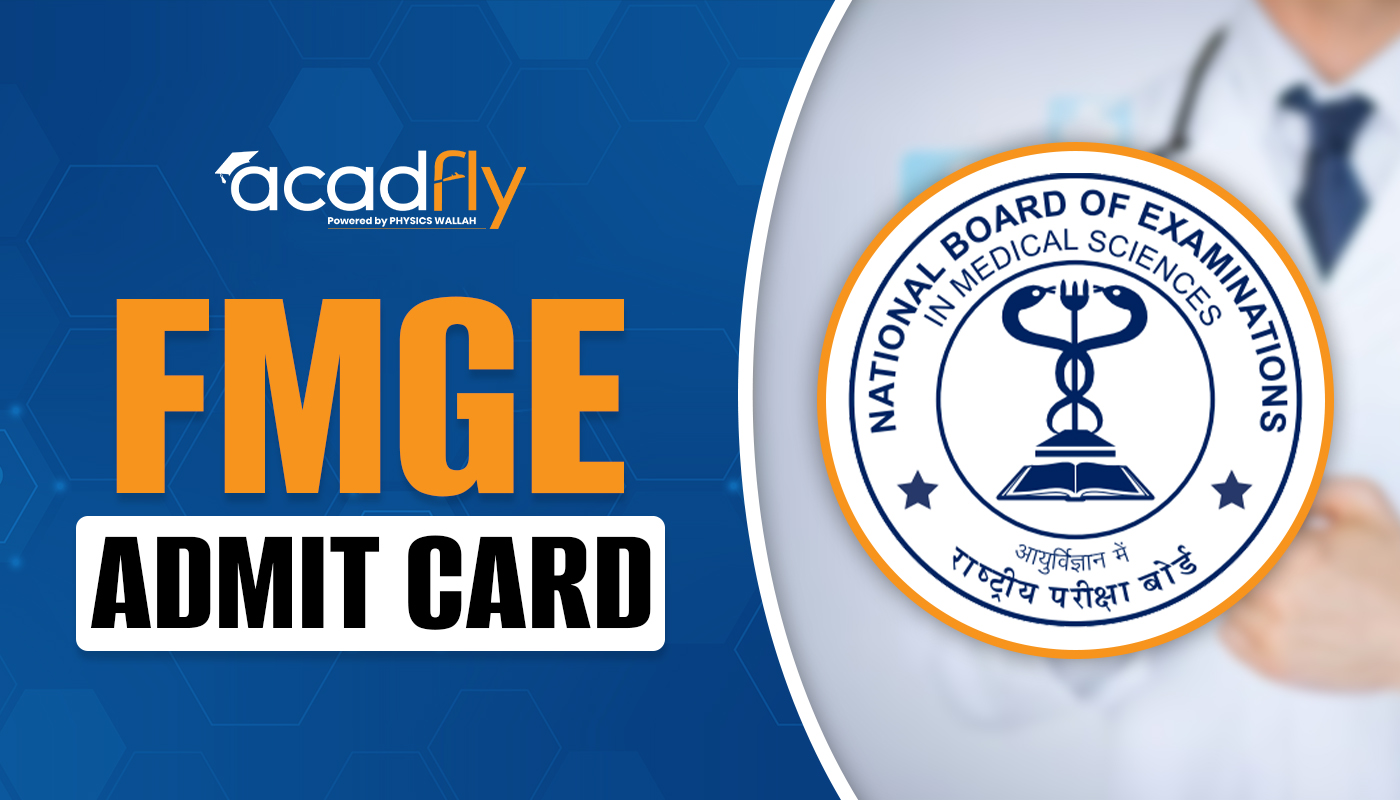
Pursuing an MBBS in Australia has become a popular choice for aspiring medical professionals from around the world. Renowned for its high-quality education, advanced medical training, and world-class healthcare system, Australia offers a unique environment for medical studies. However, prospective students need to consider various factors such as eligibility requirements, tuition fees, and potential career opportunities after graduation. Understanding these key aspects is crucial for making informed decisions about studying medicine in Australia and embarking on a successful medical career. This guide will explore the essential eligibility criteria, associated costs, and career prospects for those seeking to study MBBS in Australia.
MBBS Australia Eligibility: Admission Criteria for International Students
Studying MBBS in Australia requires meeting specific eligibility criteria set by various medical schools across the country. These criteria ensure that students are adequately prepared for the rigorous demands of medical education. Here are the key admission requirements for international students looking to pursue an MBBS in Australia:
1. Academic Qualifications
International students typically need to have completed their secondary education equivalent to the Australian Year 12, with a strong emphasis on science subjects such as biology, chemistry, and physics. Some universities may also require a minimum grade point average (GPA) or specific subject prerequisites.
2. Entrance Examinations
Many Australian medical schools require applicants to take standardized entrance exams, such as the University Clinical Aptitude Test (UCAT) or the Graduate Medical School Admission Test (GAMSAT). These tests assess critical thinking, problem-solving skills, and knowledge of scientific principles.
3. English Language Proficiency
Non-native English speakers must demonstrate proficiency in English through standardized tests like the IELTS (International English Language Testing System) or TOEFL (Test of English as a Foreign Language). Most universities require a minimum score to ensure students can successfully engage in the curriculum.
4. Interview Process
Shortlisted candidates may be invited for an interview as part of the selection process. This interview assesses the student's motivation, communication skills, and suitability for a career in medicine.
5. Additional Requirements
Some universities may have additional requirements, such as background checks or health assessments. It's essential for applicants to review the specific criteria for each medical school they are considering to ensure they meet all necessary requirements.
Understanding these MBBS Australia eligibility criteria is crucial for international students aiming to secure admission into Australian medical schools and embark on their medical careers.
Understanding MBBS Australia Cost: Tuition and Living Expenses
When considering an MBBS in Australia, it's essential to understand the associated costs, which can significantly impact your overall financial planning. Tuition fees for MBBS programs at Australian medical schools can vary widely, typically ranging from AUD 30,000 to AUD 60,000 per year for international students. This variation often depends on the university, the length of the program, and whether the institution is public or private.
In addition to tuition, prospective students should budget for living expenses, which can include accommodation, food, transportation, and study materials. On average, living costs in Australia are estimated to be around AUD 20,000 to AUD 30,000 per year, depending on the city and lifestyle choices. Major cities like Sydney and Melbourne tend to be more expensive than smaller towns.
It's crucial for students to research scholarships and financial aid options that may help offset these costs. Understanding the full scope of expenses involved in pursuing an MBBS in Australia will enable students to make informed decisions and prepare for a successful educational journey.
Top Australian Medical Schools: A Guide for Aspiring Doctors
List of some of the top medical schools in Australia that offer excellent programs for aspiring doctors:
1. University of Melbourne
The University of Melbourne is renowned for its medical program, which emphasizes research and practical training. It offers a Doctor of Medicine (MD) program and is consistently ranked among the top medical schools globally.
2. Australian National University (ANU)
ANU offers a unique medical program that combines scientific learning with clinical practice. The medical school emphasizes research and is known for its innovative curriculum, preparing students for the future of healthcare.
3. University of Sydney
The University of Sydney's medical school is one of the oldest in Australia and offers a comprehensive MD program. It provides students with access to state-of-the-art facilities and a diverse range of clinical placements.
4. Monash University
Monash University is known for its strong focus on community health and global health issues. Its medical program includes extensive clinical training, preparing graduates for various healthcare careers.
5. University of Queensland (UQ)
UQ offers a highly regarded medical program that integrates scientific knowledge with clinical practice. The university is known for its research contributions and provides students with diverse clinical placement opportunities.
6. University of New South Wales (UNSW)
UNSW’s medical school emphasizes a patient-centered approach to healthcare. It offers a comprehensive MD program and provides students with various opportunities for research and practical experience in diverse clinical settings.
7. Flinders University
Flinders University has a strong reputation for its innovative medical program, which focuses on rural and remote healthcare. The school offers a Bachelor of Medicine, Bachelor of Surgery (MBBS) degree, integrating hands-on learning throughout the curriculum.
8. University of Western Australia (UWA)
UWA offers a medical program that emphasizes research and community engagement. The school provides students with extensive clinical training and opportunities to work in various healthcare settings.
9. Griffith University
Griffith University offers a Bachelor of Medical Science and a Doctor of Medicine (MD) program, focusing on innovative teaching and research. The university emphasizes practical training and community health.
10. James Cook University (JCU)
JCU is known for its commitment to training healthcare professionals for rural and remote areas. The medical program emphasizes hands-on experience and community engagement, preparing graduates to address health disparities.
These top Australian medical schools provide aspiring doctors with the education, training, and experience necessary to succeed in the medical field.
Career Opportunities: MBBS Career Prospects in Australia
Completing an MBBS in Australia opens up a wide range of career opportunities for graduates in the medical field. The country's robust healthcare system and increasing demand for medical professionals create a favorable environment for those entering the workforce. Here are some of the key career prospects available for MBBS graduates in Australia:
1. Hospital Positions
Many MBBS graduates find employment in hospitals as resident medical officers or interns. These roles provide essential hands-on experience in various medical specialties, enabling doctors to develop their skills and knowledge while working alongside experienced practitioners.
2. General Practice
After completing their training, many graduates choose to work as general practitioners (GPs). GPs play a crucial role in the healthcare system, providing primary care, preventive services, and managing patients' overall health. The demand for GPs in both urban and rural areas continues to grow, offering job security and the opportunity to build long-term patient relationships.
3. Specialization
MBBS graduates can pursue further training in various medical specialties, such as surgery, pediatrics, cardiology, or psychiatry. Specialization often requires completing a residency program, which can lead to advanced roles and increased earning potential in specific fields of medicine.
4. Research and Academia
For those interested in the academic side of medicine, pursuing a career in research or teaching is an option. MBBS graduates can engage in clinical research, contribute to medical advancements, or teach future generations of medical students at universities and colleges.
5. Public Health and Policy
MBBS graduates may also consider careers in public health, focusing on health promotion, disease prevention, and health policy development. Working with government agencies or non-profit organizations allows medical professionals to address broader health issues and improve community health outcomes.
6. International Opportunities
The globally recognized MBBS degree from Australian medical schools enables graduates to explore career opportunities abroad. Many countries value the training received in Australia, allowing graduates to work in various healthcare settings internationally.
7. Telemedicine
With the rise of technology in healthcare, telemedicine has become an increasingly popular field. MBBS graduates can leverage their skills to provide remote consultations and care, expanding their reach and enhancing patient access to medical services.
Study MBBS in Australia: The Application Process Explained
Pursuing an MBBS in Australia is an exciting opportunity for aspiring medical professionals. However, navigating the application process can be complex and requires careful planning. Here’s a step-by-step guide to help prospective students understand the application process for studying medicine in Australia:
1. Research Medical Schools
The first step is to research various Australian medical schools and their programs. Each university may have different entry requirements, course structures, and application deadlines. Consider factors such as location, reputation, and available specialties to find the best fit for your career goals.
2. Meet Eligibility Criteria
Ensure you meet the eligibility requirements for your chosen medical schools. This typically includes completing secondary education equivalent to the Australian Year 12, achieving specific grades in science subjects, and demonstrating English language proficiency through tests like the IELTS or TOEFL.
3. Entrance Examinations
Many Australian medical schools require applicants to sit for entrance exams, such as the UCAT (University Clinical Aptitude Test) or GAMSAT (Graduate Medical School Admission Test). Prepare thoroughly for these exams, as your scores will be a critical part of your application.
4. Prepare Application Documents
Gather all necessary documents for your application. This may include academic transcripts, proof of English proficiency, entrance exam scores, letters of recommendation, and a personal statement outlining your motivations for studying medicine. Each school may have specific document requirements, so check their guidelines carefully.
5. Submit Applications
Once your application materials are ready, submit your applications through the respective university's application portal or the centralized system (such as the GEMSAS for graduate entry programs). Be mindful of application deadlines, as they can vary between institutions.
6. Attend Interviews
If shortlisted, you may be invited to participate in an interview as part of the selection process. Prepare for this by practicing common interview questions, reflecting on your motivations for pursuing medicine, and demonstrating your commitment to the profession.
7. Receive Offers
After the interview process, successful candidates will receive offers of admission. If you receive multiple offers, consider factors such as course structure, campus environment, and future career opportunities before making your decision.
8. Accept Offer and Enroll
Once you have decided on a program, accept your offer and follow the university's enrollment process. This may involve paying a deposit, registering for classes, and attending orientation sessions.
9. Apply for Student Visa
As an international student, you will need to apply for a student visa to study in Australia. Ensure you have the necessary documentation, including proof of enrollment and financial capacity, to support your visa application.
Frequently Asked Questions
1. What are the eligibility requirements for MBBS in Australia?
2. How much does it cost to study MBBS in Australia?
3. Are entrance exams required for MBBS admission in Australia?
4. How long does the MBBS program last in Australia?
5. What career opportunities are available after completing an MBBS in Australia?









